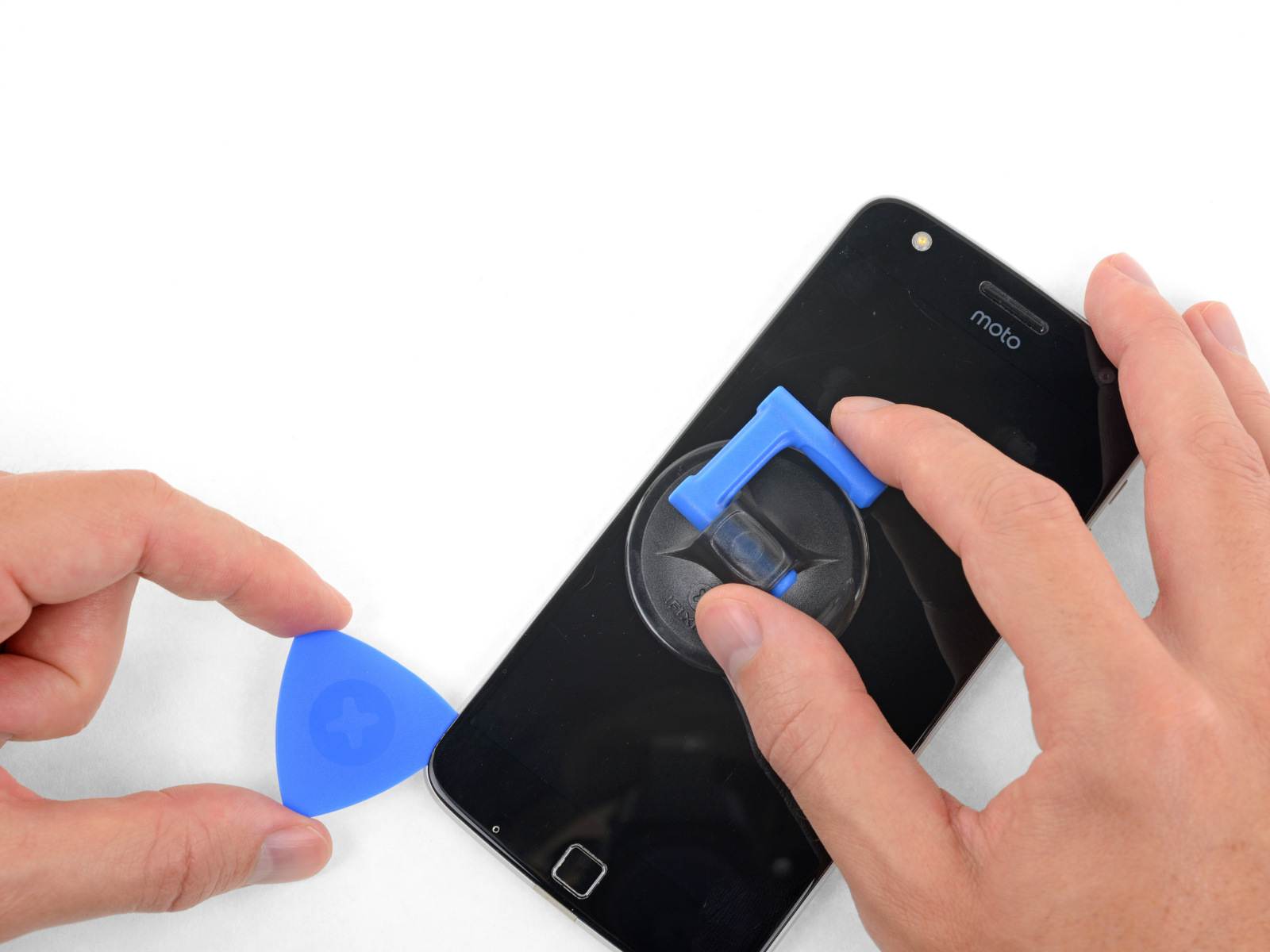The right to repair: the first steps in the right direction from Motorola

“The right to repair” , that is, the ability to repair purchased devices and vehicles by the hands of the buyers themselves is now a sore subject. Companies like Apple and John Deere do their best to leave the entire service and repair industry in their sphere of influence. No wonder - after all, just replacing an idle Home button on an iPhone without a guarantee can cost the buyer $ 100-200 if it is an official repair. At the same time, the cost of a button is cents, so the company earns tens or even hundreds of dollars from one replacement.
Problems with independent repair, it seems, no, nobody forbids to carry it out independently. But third-party companies do not have access to official channels of original parts and specialized software. In addition, third-party service centers simply cannot do some things. An example is the same replacement of the Home button, for example, on iPhone 7 and 8. There is no new button to work, which is an exact copy of the old one - you need specialized equipment and software for flashing the button for a specific motherboard. The situation is not the most rosy, but now there is information that some companies support the idea of the “right to repair”. Such a company is, in particular, Motorola.
She has a rich history. So, the work of Motorola began in 1928, after two brothers, Paul and Joseph Guelphin bought out the business of a bankrupt company for $ 565. They equipped the office nook and hired five people, who became the first employees of the company, which would soon be called Motorola, Inc.
Motorola's first products are adapters for radio receivers with batteries, which made it possible to connect such devices to the home power grid. Soon the company switched to the creation of car radios, which have become very popular.
In 1983, the company introduced the world's first commercial mobile phone. In 2005, Motorola released the top-notch Razr. In 2011, the Motorola Droid Bionic phone was born, which received 9 out of 10 points on the iFixit maintenance scale. Community experts were just delighted with how well-designed the smartphone is. Of course, it was not modular, but replacing a broken part with a working one was not a particular problem.
Now the company decided to take the first step.in the direction of supporting the movement of the “right to repair”. She was the first to decide to provide original parts for her devices to independent service centers. So far, we are talking only about cooperation with iFixit, but since this community is large enough and works all over the world, thousands of craftsmen from various countries will get access to original parts.
According to representatives of the iFixit community, all this is the first step not only to strengthen the position of the international repair community, but also to reduce the number of wastes that have their own name - E-waste. Recently, there has been a tendency to increase the volume of such waste, since manufacturers of electronic devices make them almost disposable, not repairable. As a result, a culture "broken - throw out" is formed.

Motorola accepts both home-made gadgets from customers and allows repairing their devices. Now the company has begun to distribute tool kits, which are called Motorola OEM Fix Kits. The tools are in addition to parts sold by Motorola to everyone. Details are now available for Moto X, Z, G4, G5, and Droid Turbo 2
devices. According to iFixit representatives, Motorola is showing the right way for manufacturers of electronic devices. For the entire community of repair specialists, the support of the “right to repair” and the assistance of manufacturers means the emergence of new opportunities. Motorola's actions are a demonstration that device manufacturers and independent repair technicians can act as a united front, reducing the number of gadgets thrown away and at the same time attracting customers' attention to gadgets.
